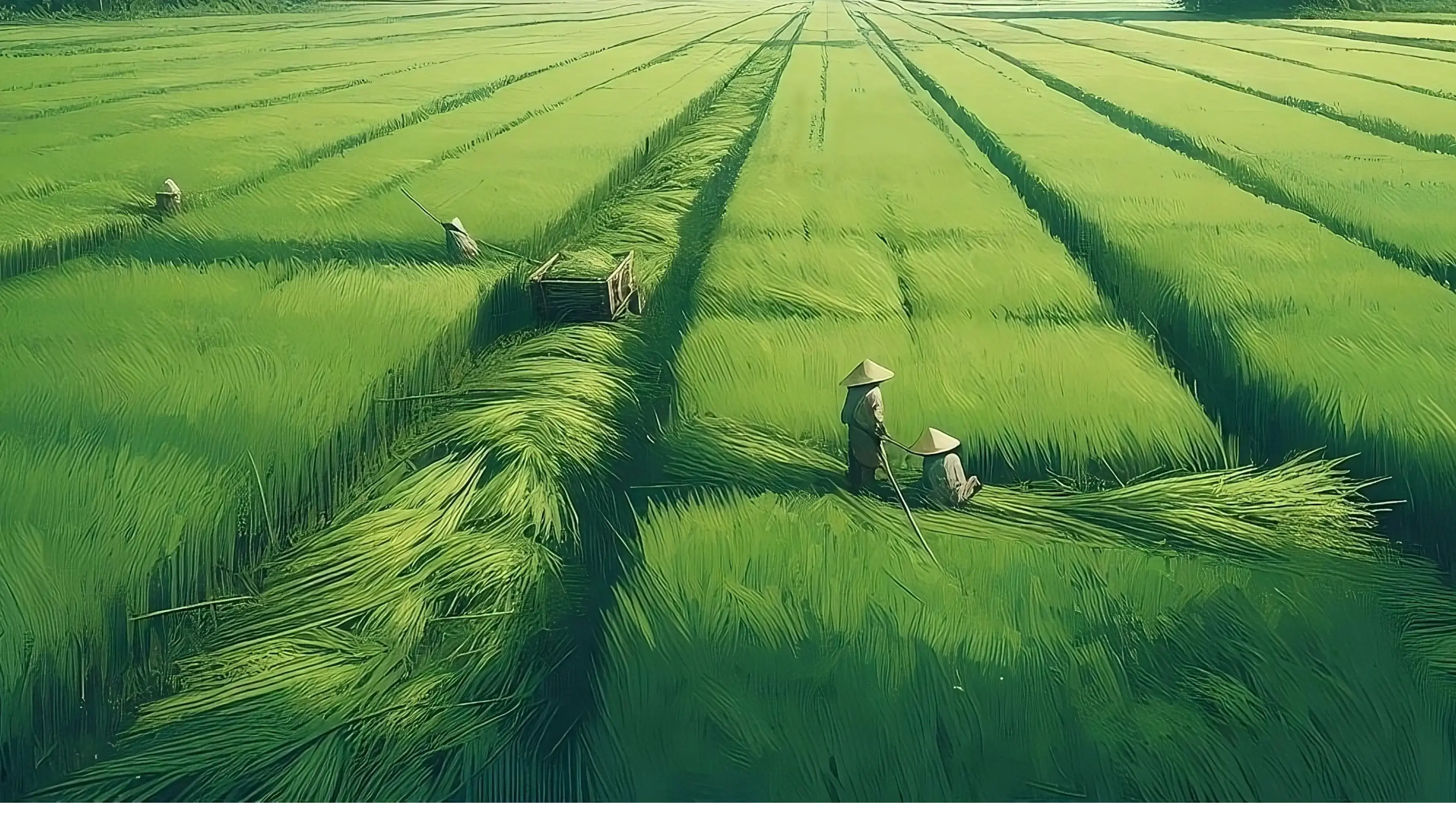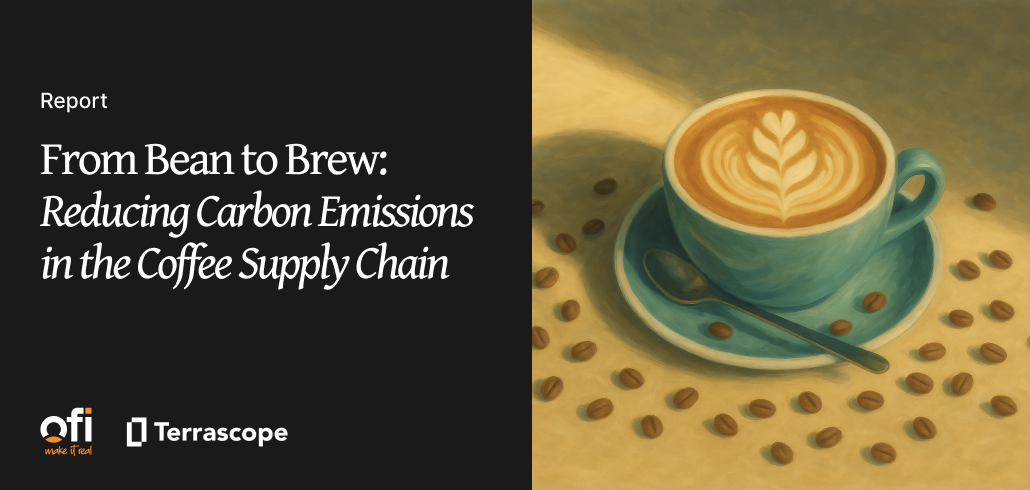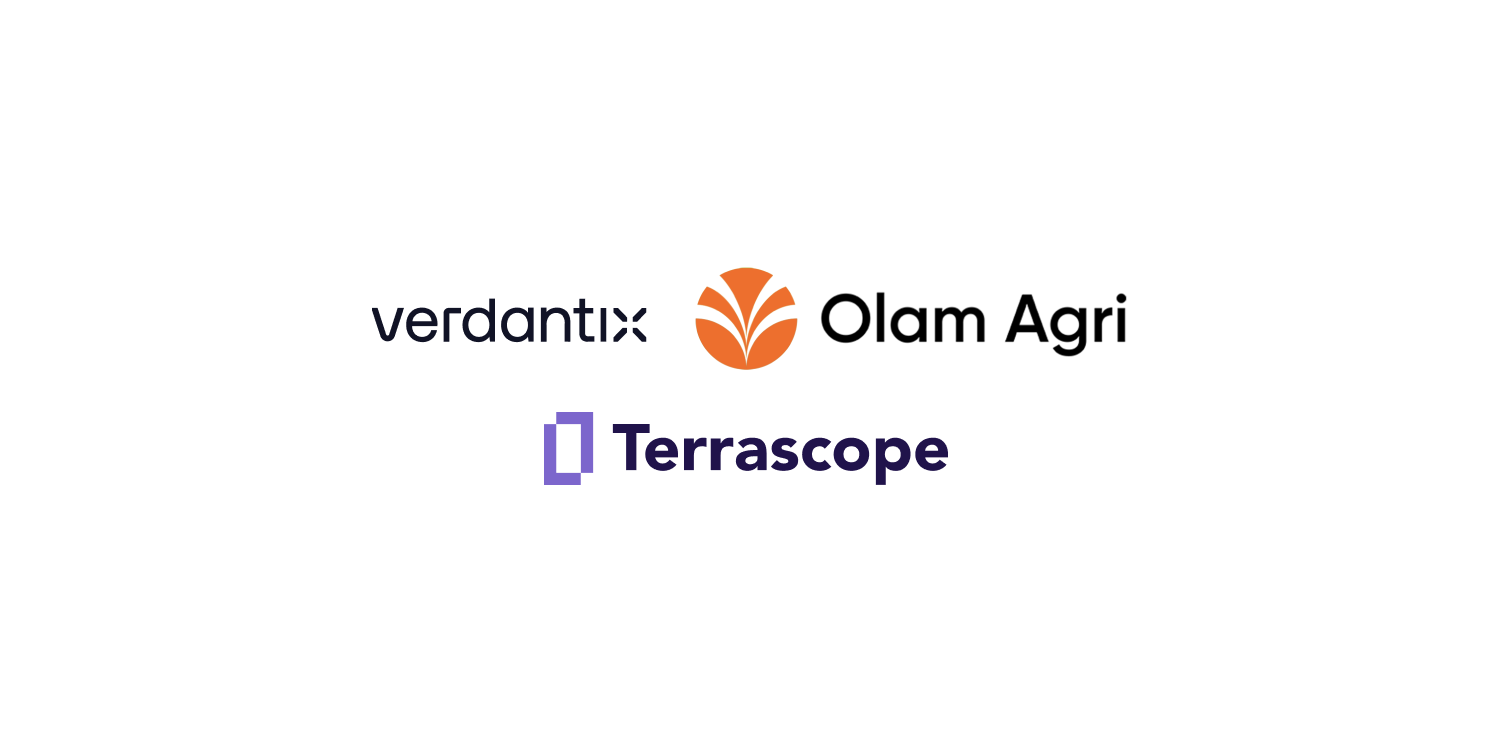Asia stands at a critical crossroad, grappling with two interconnected challenges: food security and the climate emergency. Statistics from the World Meteorological Organisation paint a dire picture of the region’s vulnerability to weather-related disasters: Asia was the world’s most disaster-impacted region last year, with 81 recorded disasters related to weather, climate and water. The majority of these were floods and storms, which disrupt agricultural cycles and affect farm yields.
Simultaneously, the agri-food sector itself has emerged as a significant contributor to Asia’s growing greenhouse-gas (GHG) emissions. Asia is responsible for approximately 46% of all agri-food emissions globally. Terrascope recently collaborated with PwC, Rabobank and Temasek on a report, “The Asia Food Challenge: Decarbonising the Agri-Food Value Chain in Asia”, which reveals that Asia’s agri-food emissions are driven by five key factors: deforestation, rice cultivation, fertiliser use, rearing of ruminant livestock and swine, and food loss and waste.
Among these, rice cultivation stands out. Asia is the rice basket of the world, producing 90% of the world’s supply. There is a worrying correlation between increasing temperatures and diminishing rice productivity, with one study indicating that for every 1°C rise in the rice-growing season, yields decline by over 8%. Yet rice is also a significant source of potent methane emissions—and methane has a global warming potential 28 times higher than carbon dioxide over a 100-year period. This highlights the challenges that lie ahead for the agri-food sector in a hotter world where businesses are driven to decarbonise their supply chains all the way back to on-farm sources of emissions.
Strategies for rice and resilience
More than two-thirds of emissions within Asia’s agri-food value chain originate before the produce leaves the farm gate. Our research found that within India’s rice value chain, emissions predominantly stem from the production stage, comprising 50-65% of the commodity’s total emissions. Rice production includes activities like seed supply, fertiliser use and flooding of rice paddies. Implementing decarbonisation practices and innovative solutions at the farm level first, and then further down the value chain, is therefore critical to reducing the impacts of rice production on the global climate.
Terrascope’s field-level rice simulations in Asia pinpoint three key strategies for emissions reduction: replacing cultivation methods that flood fields with an approach known as alternate wetting and drying (AWD)–a water management technique that periodically drains a field to a certain threshold and then re-flooding; using fertiliser sparingly through site-specific nutrient management (SSNM) and reducing food loss with improved storage techniques.
-
Flooding rice paddies is the traditional method of rice cultivation in Asia, but it allows methane-producing anaerobic bacteria and archaea to thrive. AWD is a rice-farming technique which reduces methane emissions by alternating between flooded and dry fields. Implemented among 700 Indian farmers, AWD slashed water use by 600 litres per kilo of rice, lowering costs by 20%, boosting yields by 12%, elevating farmers’ income by 30%, and reducing methane emissions by an impressive 48%.
-
Our client introduced SSNM training for farmers to optimise fertiliser use, yielding significant benefits. Twenty-four hundred farmers who received extended training reduced water pollution and GHG emissions per tonne of rice by 14% and 21%, respectively, compared with farmers with less training. Across 2,400 farms, extra training curbed fertiliser leakage by 8,700kg and associated emissions by 270 tonnes of carbon dioxide equivalent (CO2e).
-
Hermetic storage bags also play a pivotal role downstream, reducing post-harvest losses from pests and microbes. This increases available rice per hectare, boosting food security and potentially cutting GHG emissions in rice supply chains by around 7%.
Big food’s role in empowering smallholders
While these technologies exist to aid climate action, Asia is also home to two-thirds of the world’s 600 million smallholder farms. Big-food stakeholders must step up and actively engage with their value-chain smallholders to structure support for a net-zero climate transition.
Leading offtake companies are now piloting initiatives on climate action for smallholder farms, such as training on better growing practices and risk mitigation, and shared ownership models. Risk mitigation enables farmers to experiment with new techniques without worrying about potential impacts on yield. Shared ownership models provide smallholder farmers access that they would otherwise not have to mechanised seeding equipment for direct-seeded rice.
These risk-sharing approaches are key. Despite their low cost and their potential to significantly mitigate climate change, certain high-impact climate levers like AWD are deemed risky by farmers due to their own knowledge gaps and uncertainty. By investing in the adoption of these methods, stakeholders not only bolster the resilience of smallholder farms to climate impacts but can cash in on the benefits and competitive advantages from lower-carbon food products—whether that means monetising through carbon markets, gaining a competitive carbon advantage, or avoiding carbon-tax exposure from increasingly regulated global supply chains.
Blueprint for decarbonising action
But where do stakeholders begin? The first step is to identify the company’s hotspots within its value chain to prioritise action, through a comprehensive measurement of Scope 1, 2, 3 emissions. Next, it’s important to assess available technologies and practices, gauging their suitability to the business, operations and geographies. Obtaining engagement and feedback from Scope 3 suppliers, prioritising technologies and practices that deliver both emissions reduction and business improvement, is paramount.
Finally, stakeholders must implement the chosen solutions, usually through a pilot-and-scale approach, and maintain ongoing tracking and accountability of emissions changes along with other key performance indicators.
There is the potential to reduce CO2e emissions in the Asian agri-food sector by nearly 840 megatonnes by 2030—a reduction of around 12%—if all stakeholders take collective action. This number is equivalent to the emissions from the entire global aviation industry in 2022. The path forward demands strategic action, prioritising accessible solutions and collaborative efforts to steer the agri-food supply chain towards a sustainable, climate-resilient future.




